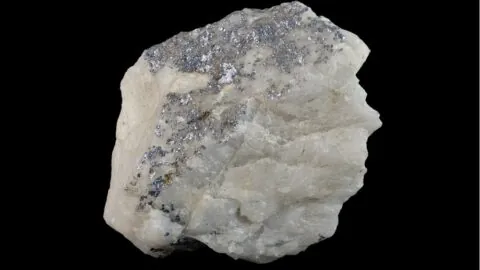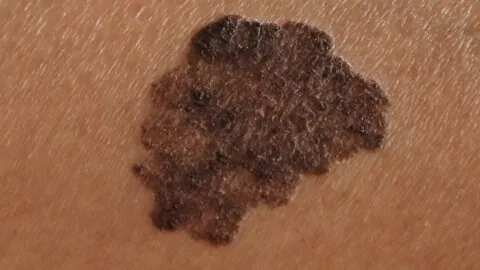November 24, 2025
Scientists have created “nanoflowers” that nudge donor cells to produce more mitochondria, which can then be transferred to recipient cells to boost their mitochondrial function [1]. Mitochondrial transfer is difficult to improve Energy is required for life, and most energy in our cells is produced by mitochondria. When these organelles start to falter, it's a...
November 21, 2025
George Church, a Harvard professor and a famed geroscientist, is also known as a serial entrepreneur who has co-founded dozens of biotech companies. While Church maintains that he’s involved in them all, one company has been seeing an unusual amount of his attention: Lila Sciences, where he assumed the role of Chief Scientist. On its...
November 20, 2025
Researchers publishing in Aging Cell have documented a key reason why older people are much more likely to get melanoma. Why older people have significantly worse melanoma cases While melanoma is much more treatable now than in the past, it still remains a serious danger. Melanoma can develop resistance to otherwise effective techniques [1], meaning...
November 19, 2025
A recent review in the Journal of Ovarian Research summarizes current knowledge of the impact of various polyphenols on different aspects of ovarian aging. The researchers discuss that polyphenol supplementation could be used as an intervention to delay ovarian aging [1]. Every woman’s problem Ovarian aging and cessation of proper ovarian functioning precede aging in...
November 18, 2025
Scientists have genetically modified human mesenchymal progenitor cells to express a more potent version of the “longevity gene” FOXO3, producing rejuvenative effects in monkeys, mice, and human cells [1]. Making aging-resistant cells Stem cell exhaustion is one of the mechanisms of aging. Replenishing the aging stem cell pool with new exogenous cells sounds like a...
November 17, 2025
In Aging Cell, researchers have discovered a potential way to use a microRNA to diagnose sarcopenia, the age-related loss of muscle. Primary and secondary sarcopenia Previous research has been able to distinguish sarcopenia by its sources. Primary sarcopenia directly comes from the processes of aging, while secondary sarcopenia is a side effect of such things...






